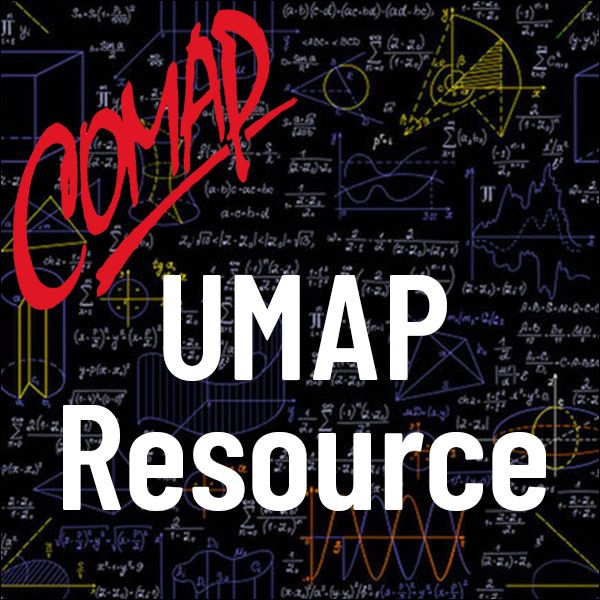Minimodule PCBs in Your Body
Author: John Merkel
Introduction
Polychlorinated biphenyls (PCBs) are human-made organic chemicals.
Exposure to PCBs can have adverse health effects on humans and other
animals; they have been shown to cause cancer in animals (and hence
are probable human carcinogens) and to affect the immune system, reproductive
system, and nervous system in animals, including non-human
primates [U.S. Environmental Protection Agency n.d.]. PCBs were once
widely produced, appearing in motor oils and electrical components, for
example. Their production in the United States was banned in 1978. Because
PCBs have a half-life that can be decades long, they persist in the environment
today and enter our bodies via contaminated food, water, and
air, or by skin contact. PCBs are then stored in fatty tissue. Humans are
slow to eliminate PCBs, so PCBs can accumulate in the body.
We explore models of PCB propagation in humans. This Minimodule
is based on a joint research project with Dr. Clem Welsh of the Centers
for Disease Control (CDC) and with Oglethorpe University student Robert
Dougherty-Bliss [2017; 2021]. Dr. Welsh studies the propagation of PCBs
in humans, particularly in mothers and their children. During pregnancy,
a mother passes PCBs to her fetus; and following birth, a mother may pass
PCBs to her child through nursing.

Mathematics Topics:
Application Areas:
You must have a Full Membership to download this resource.
If you're already a member, login here.